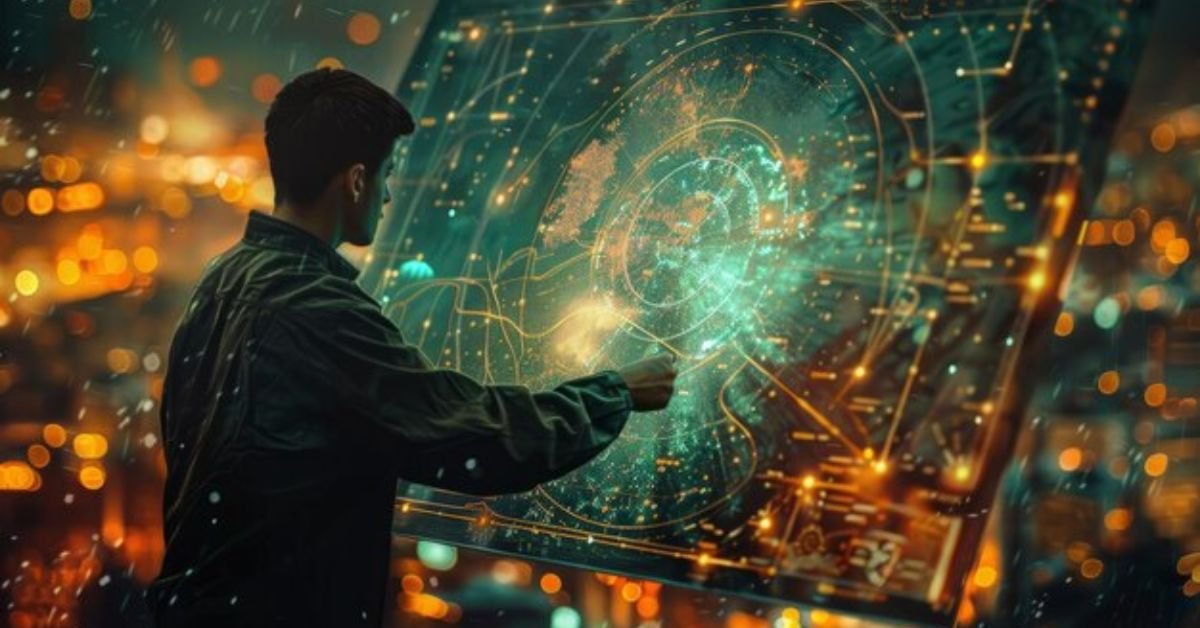The mid-21st century introduced a groundbreaking method for forecasting technological and societal changes—Zeronski Predictions. This predictive model, crafted through a unique collaboration of futurists, technologists, and philosophers, aims to provide a more dynamic and accurate way of understanding future trends. The framework is named after its mysterious creator, “Zeronski,” whose identity remains shrouded in secrecy. This article delves into the origins, methodologies, and influence of Zeronski Predictions, offering insights into its impact on strategic planning, policy-making, and philosophical thought.
The Origins of Zeronski Predictions
Addressing Complexity in a Changing World
Zeronski Predictions emerged in response to the challenges of the mid-21st century, a period characterized by rapid technological advancements and complex global dynamics. Traditional forecasting models often failed to keep up with the speed of change, struggling to anticipate disruptive events. Zeronski Predictions sought to fill this gap with a more comprehensive framework.
A Collaborative Effort
The development of Zeronski Predictions involved experts from diverse fields, including futurists focused on long-term trends, technologists skilled in AI and data analytics, and philosophers examining the implications of potential futures. This collaborative approach aimed to create a model that better simulated possible outcomes, integrating insights into human behavior, technological progress, and societal changes.
The Enigma of “Zeronski”
The name “Zeronski” became synonymous with the framework’s enigmatic creator, whose true identity remains unknown. The pseudonym’s mystery has sparked debates—was Zeronski a single visionary, a collective of thinkers, or an advanced AI entity? Despite the intrigue, the focus remains on the framework’s contributions to predictive analysis.
The Zeronski Framework: A New Paradigm in Predictive Analysis
A Multi-Disciplinary Approach
Zeronski Predictions stands out from traditional forecasting methods by using an interdisciplinary approach. It integrates historical data analysis, pattern recognition, and advanced algorithmic modeling, allowing for more adaptable and nuanced predictions. Below are the core aspects that define the framework:
Core Elements of Zeronski Predictions
Historical Data and Pattern Recognition
The framework relies heavily on studying historical data to uncover recurring patterns that shape human development. Unlike traditional models that focus on isolated events, Zeronski Predictions identify connections across time, including economic cycles, technological advancements, and sociopolitical shifts.
This focus on pattern recognition helps the model detect early signals of significant changes. For instance, it can identify minor technological breakthroughs that might lead to major shifts, allowing stakeholders to prepare for potential disruptions.
Artificial Intelligence and Big Data Integration
A defining feature of Zeronski Predictions is its use of AI and big data. The framework uses machine learning algorithms to analyze large datasets, including social media trends, economic indicators, and global events. This capability allows it to uncover correlations and anomalies that would be difficult for human analysts to detect.
By incorporating new information as it becomes available, the Zeronski model continually refines its predictions. This adaptability makes it more effective in handling unexpected changes, such as economic crises or technological breakthroughs.
Systems Theory and Complexity Science
Zeronski Predictions also draw on systems theory and complexity science. These disciplines emphasize understanding how interconnected systems evolve over time. Unlike linear models, which assume simple cause-and-effect relationships, Zeronski Predictions account for the complex feedback loops that characterize global systems.
This perspective is particularly useful in predicting interactions between technology, society, and the economy. For example, it considers how automation affects not only technological progress but also economic stability, regulatory landscapes, and societal reactions. This results in a more comprehensive view of potential futures.
Applications and Impact of Zeronski Predictions
Strategic Decision-Making for Businesses
Businesses use Zeronski Predictions to anticipate market trends and emerging technologies. The framework’s ability to highlight potential disruptions and opportunities has helped companies adapt their strategies, prioritize investments, and maintain a competitive edge.
For instance, companies in the renewable energy industry leverage the Zeronski model to predict shifts in government regulations, advancements in energy storage, and changing consumer behaviors. This insight enables them to make informed decisions regarding R&D and market entry.
Shaping Policy and Governance
Zeronski Predictions have also influenced policy-making, guiding governments in their long-term planning efforts. The model has proven useful in forecasting issues like climate change, demographic shifts, and economic inequality, offering insights that help policymakers develop proactive strategies.
Urban planning and infrastructure development have benefited particularly from this predictive capability. By analyzing the interplay between population growth, technological needs, and environmental sustainability, policymakers can better plan for the needs of future cities.
Addressing Ethical and Philosophical Considerations
The use of Zeronski Predictions raises important ethical and philosophical questions about the role of technology in shaping the future. Critics argue that while predictive models can guide decision-making, they should not replace human creativity and ethical considerations.
Supporters see the Zeronski model as a valuable tool that helps society make better decisions by revealing possible pitfalls and opportunities. By considering a range of potential futures, humans can make choices that align with their values and long-term goals.
Challenges and Criticisms of Zeronski Predictions
Dependence on Technology and Data
Critics argue that the model’s reliance on big data and algorithms may result in over-dependence on technology in decision-making processes. They caution that models like Zeronski might overlook cultural nuances and the human emotions that are difficult to quantify.
Complexity and Accessibility
Another challenge is the complexity of the Zeronski framework itself. The intricate nature of its models can make it challenging to understand for those without a background in AI or data science. Critics suggest that predictions should be viewed as possible scenarios rather than absolute outcomes, urging decision-makers to remain cautious.
Zeronski Predictions in the Real World: Practical Examples
Case Study: Renewable Energy Sector
In the renewable energy sector, companies have used Zeronski Predictions to anticipate changes in global energy policies and the development of sustainable technologies. By analyzing potential changes in regulations and consumer attitudes toward green energy, businesses have been able to better position themselves for future market demands.
Case Study: Urban Development
Urban planners have applied Zeronski Predictions to model the effects of population growth, transportation needs, and environmental changes on city infrastructure. These insights have helped cities create more sustainable growth plans, accounting for potential challenges such as climate impacts and resource constraints.
Conclusion: Zeronski Predictions and the Future
Zeronski Predictions mark a significant evolution in forecasting, offering a more adaptive model for understanding the future. Its combination of historical analysis, AI integration, and complexity theory provides a unique lens through which to view potential societal and technological transformations. However, balancing the insights of predictive models with human intuition remains essential.
The ongoing changes in the world highlight the growing importance of tools like Zeronski Predictions. Whether it serves as a guiding framework or a cautionary example, its influence on our collective understanding of the future remains significant.





